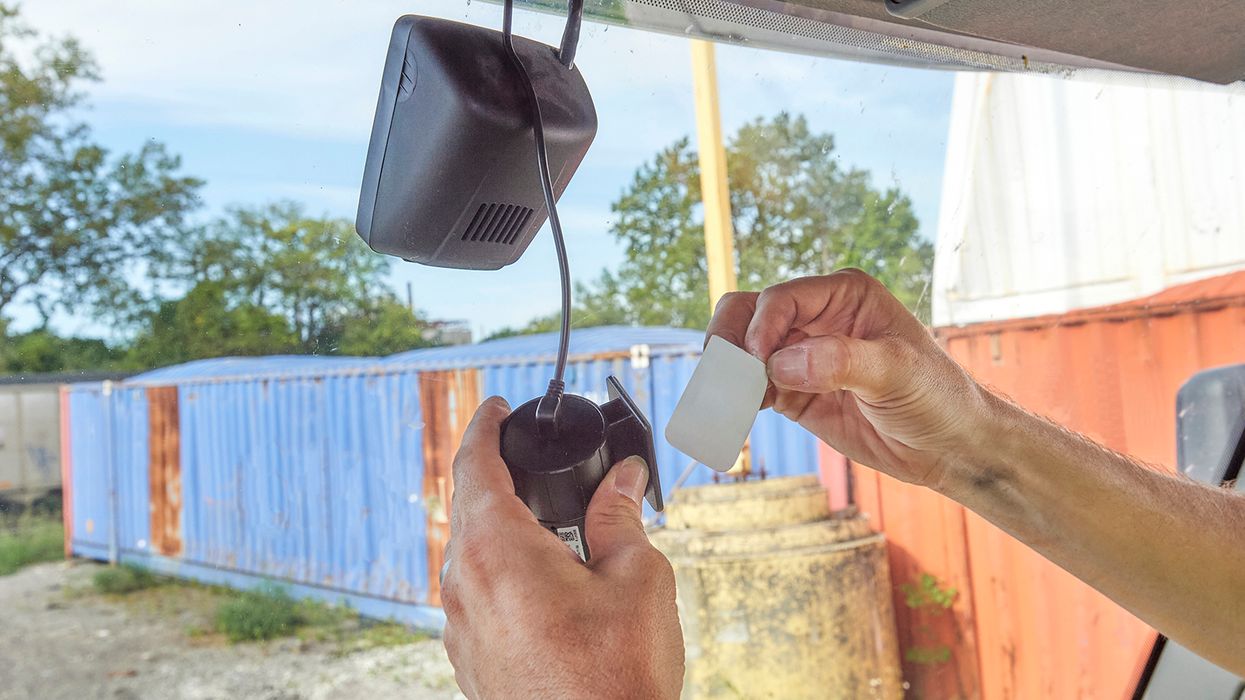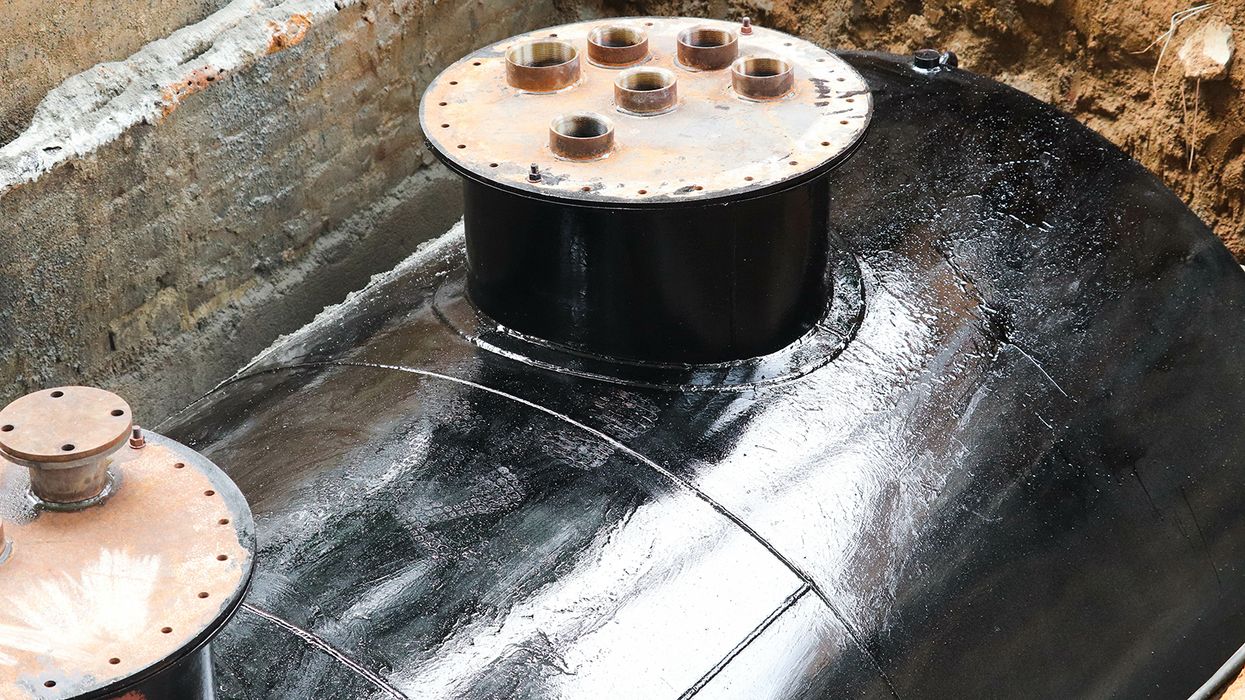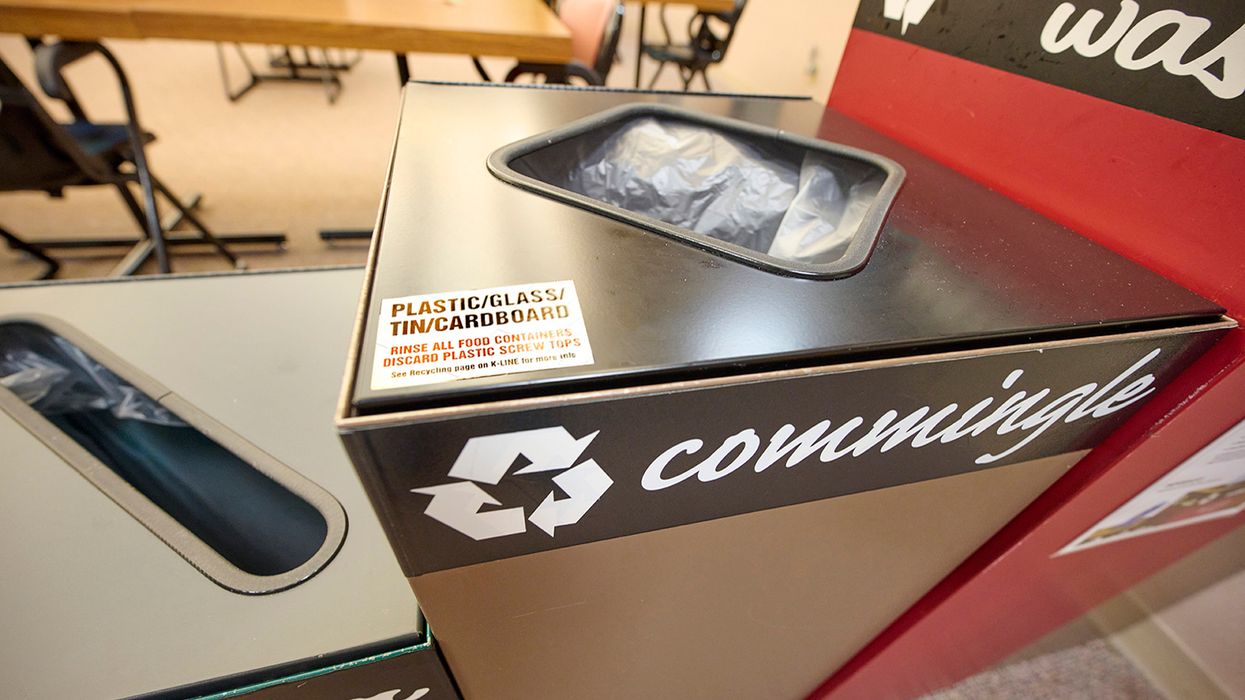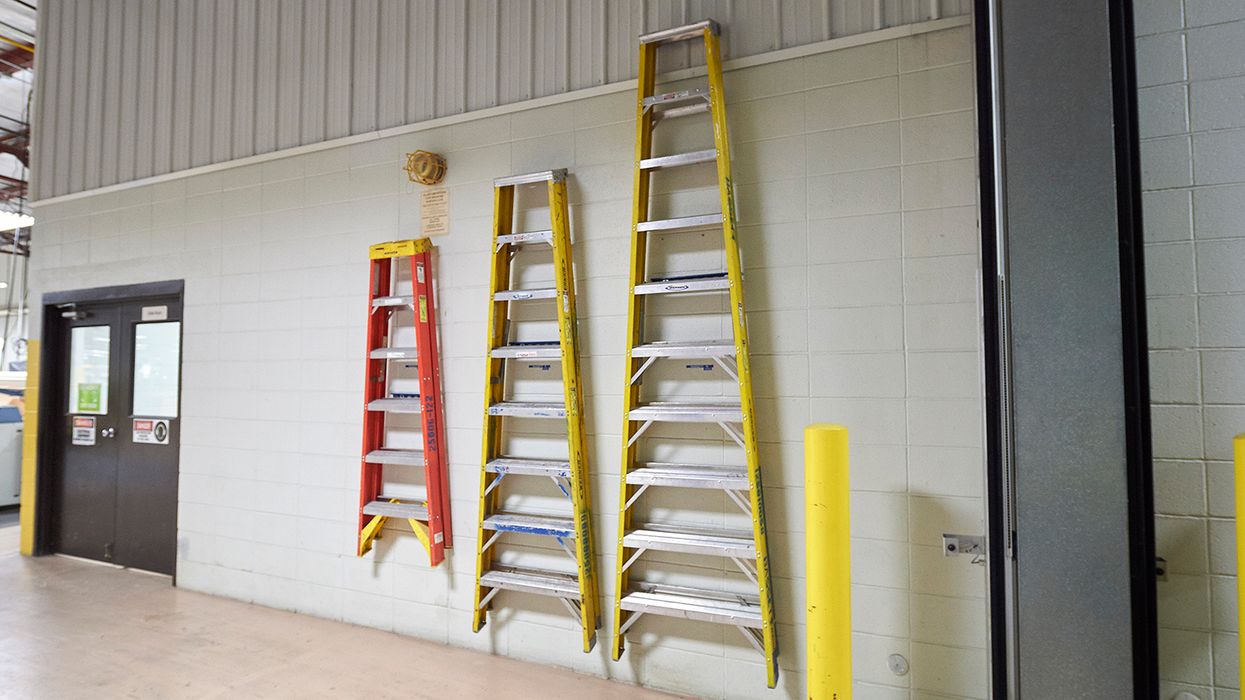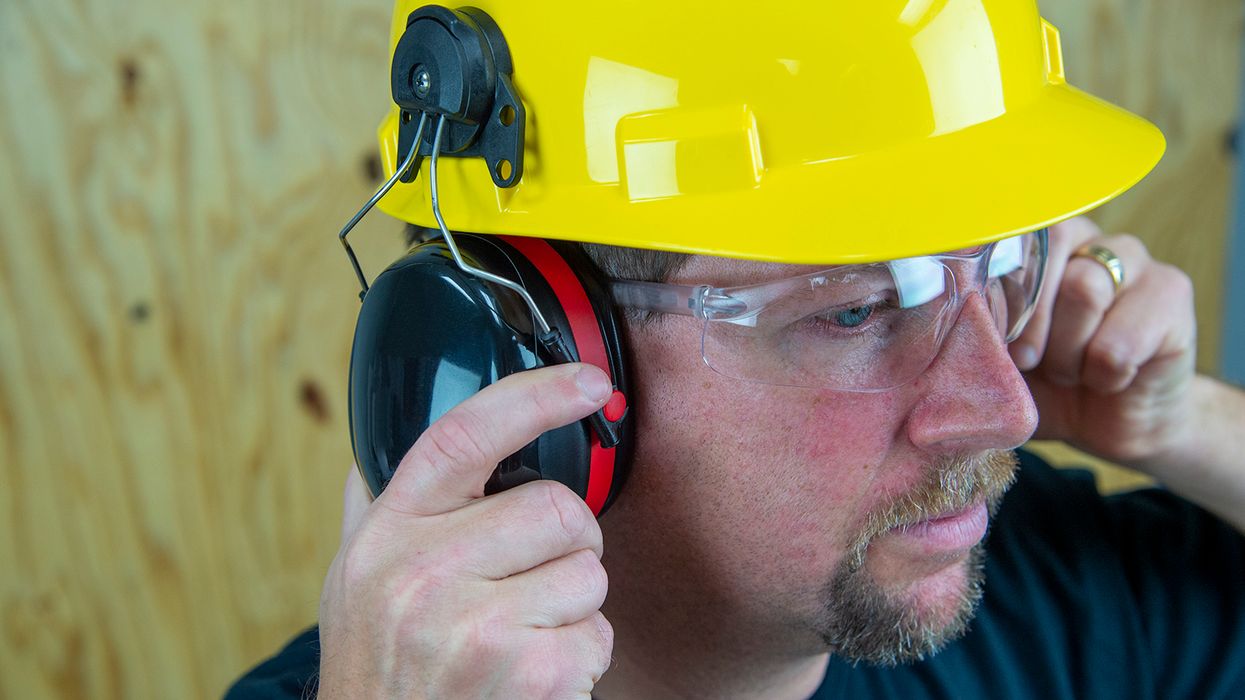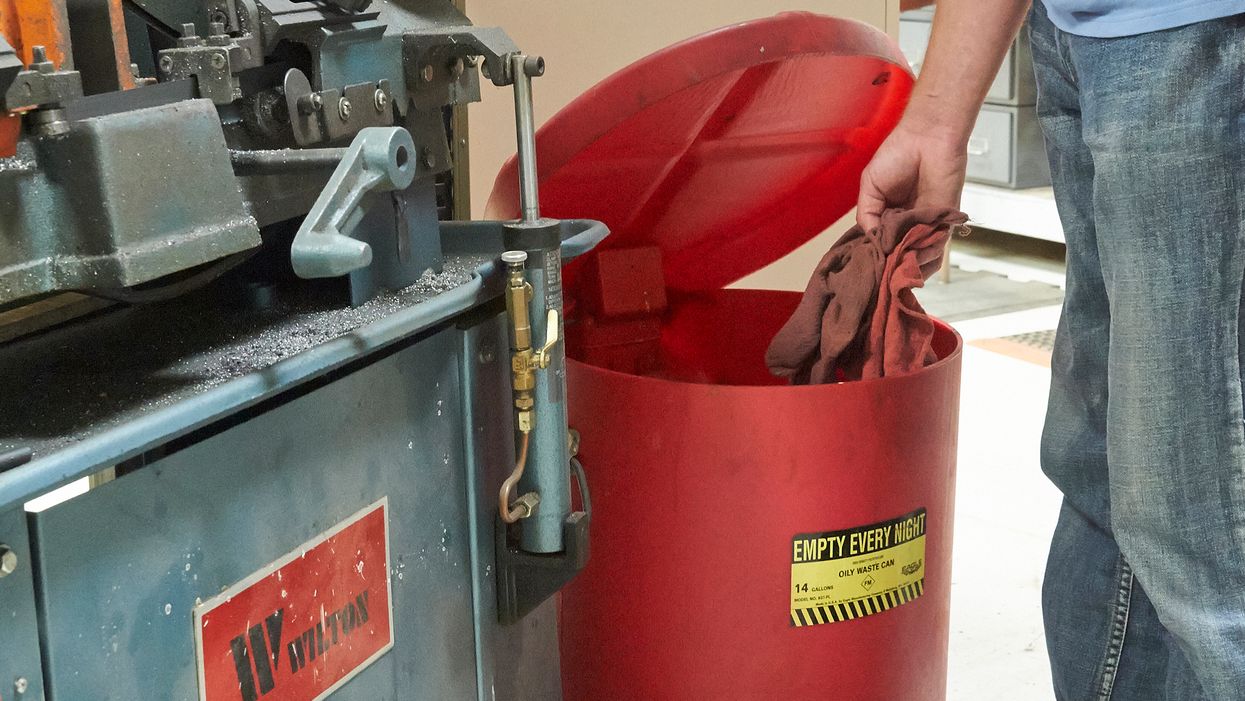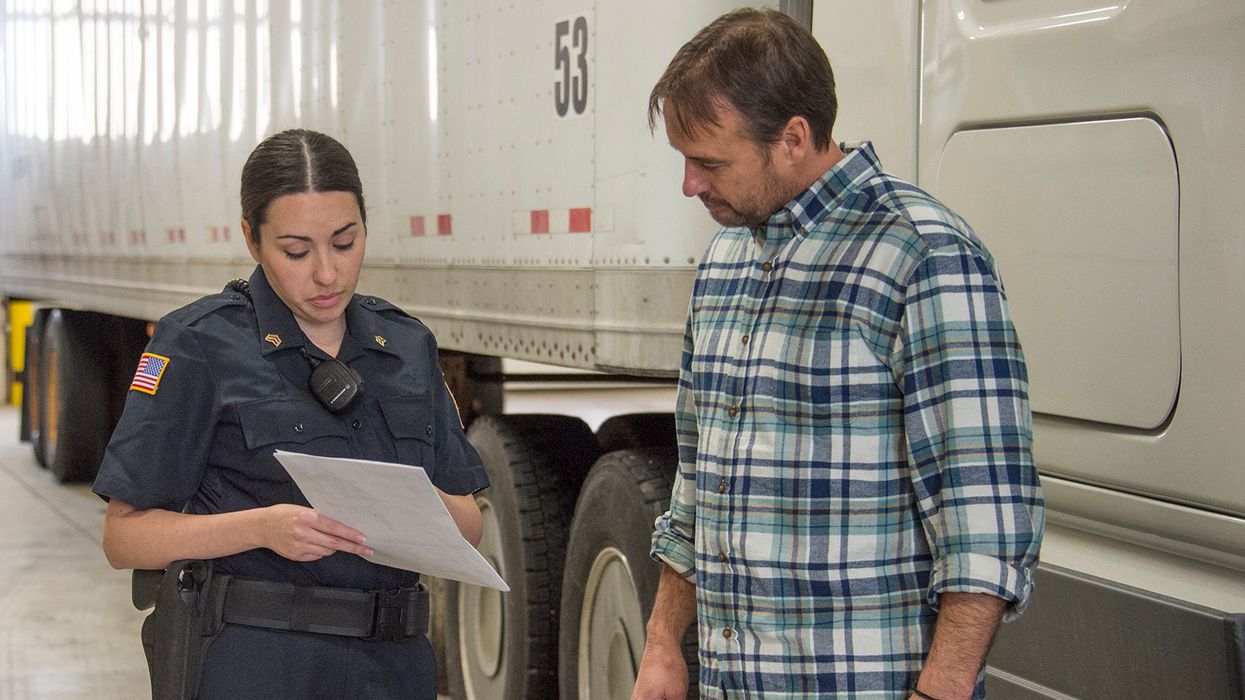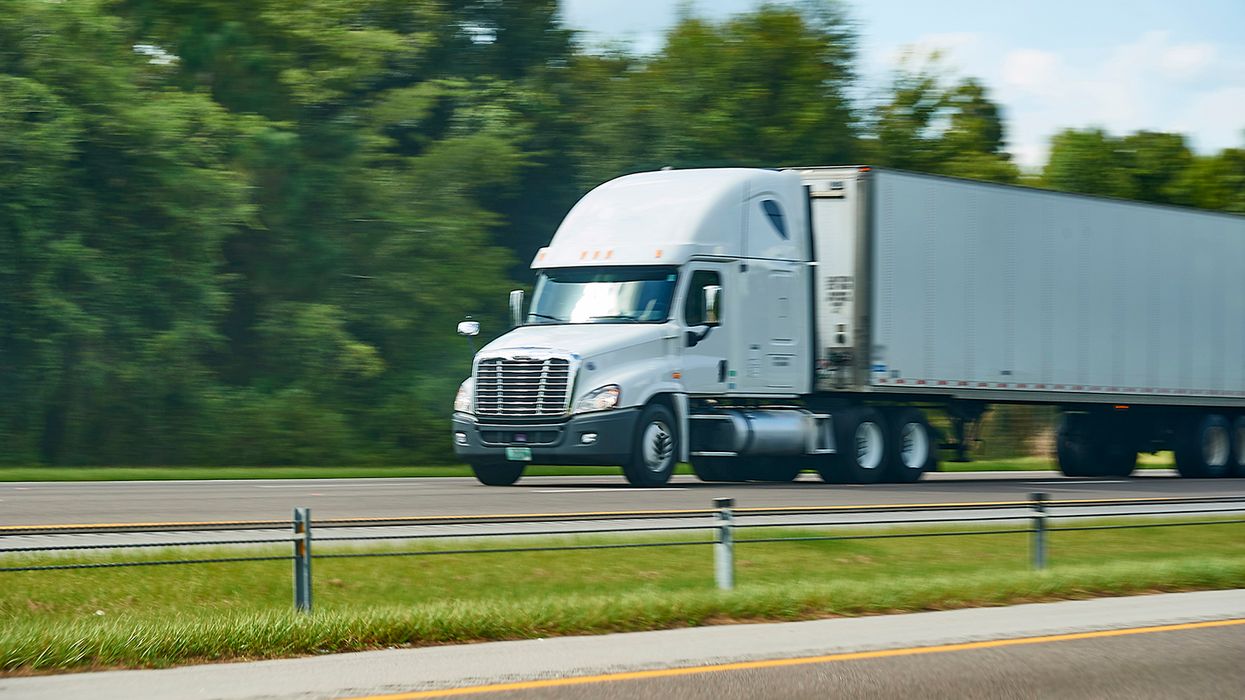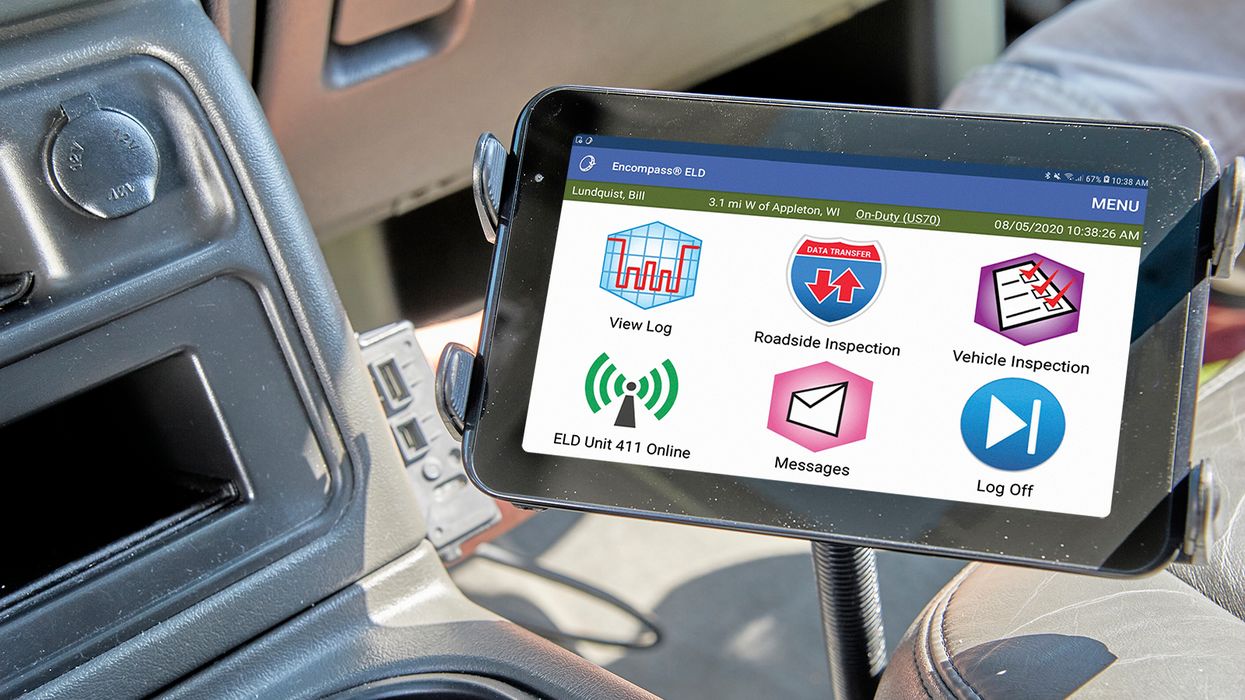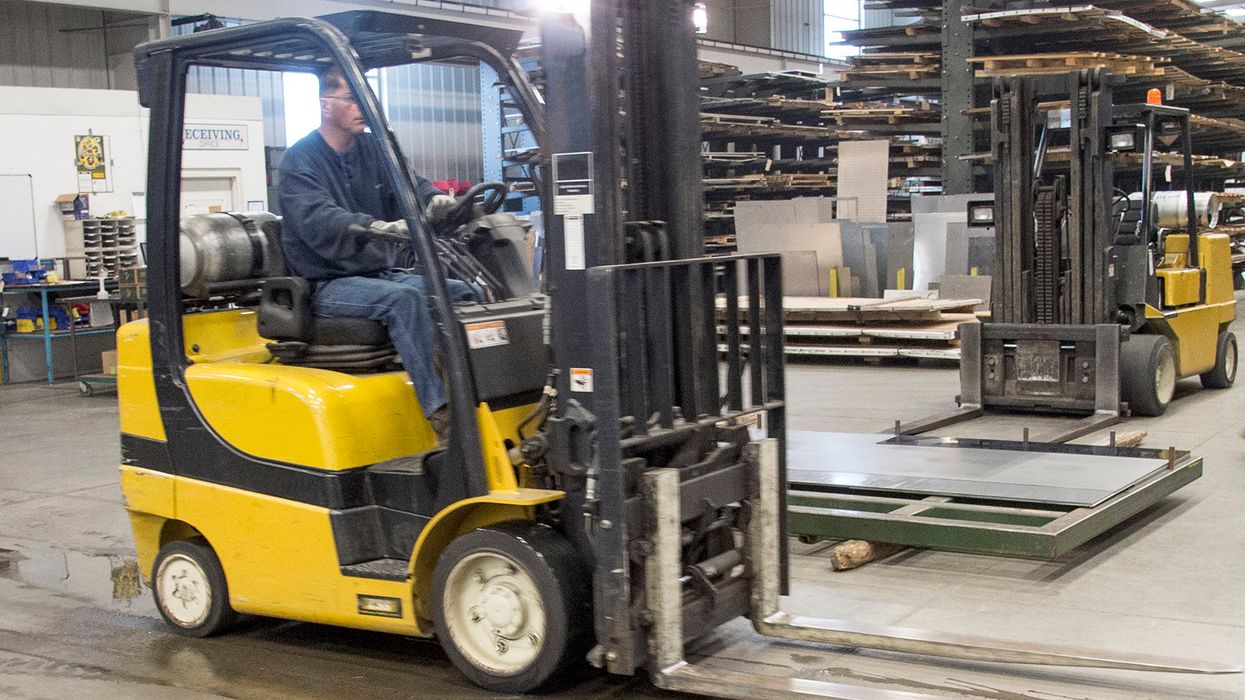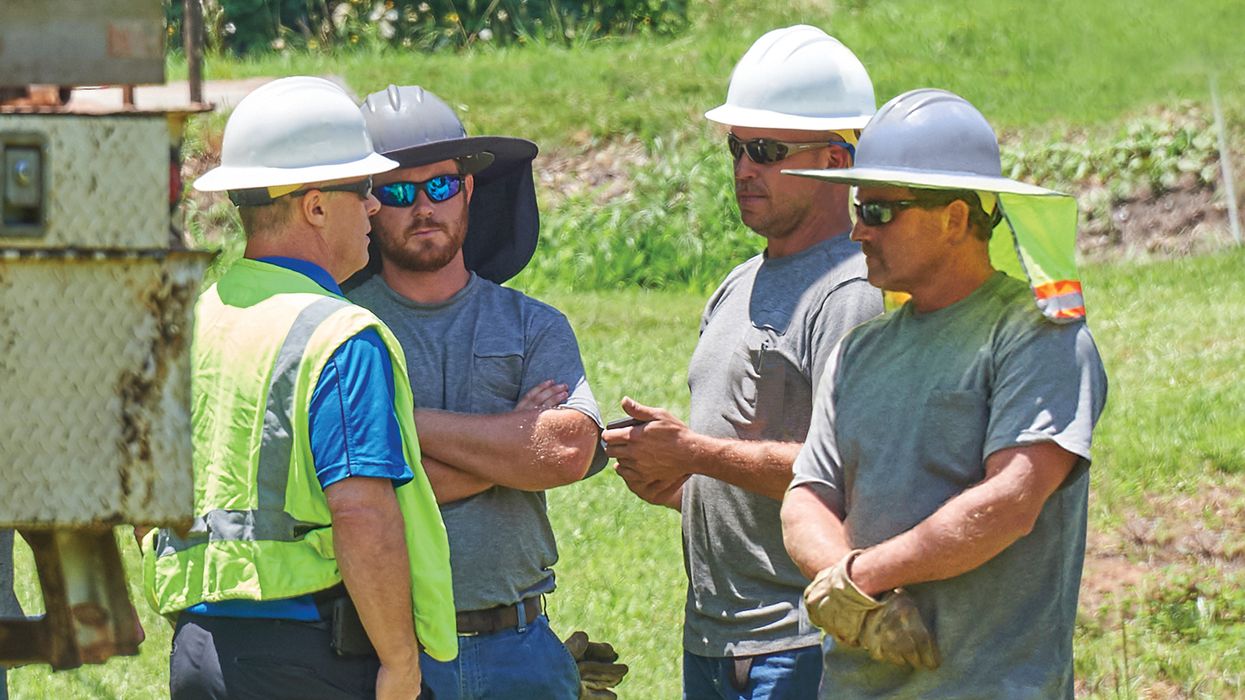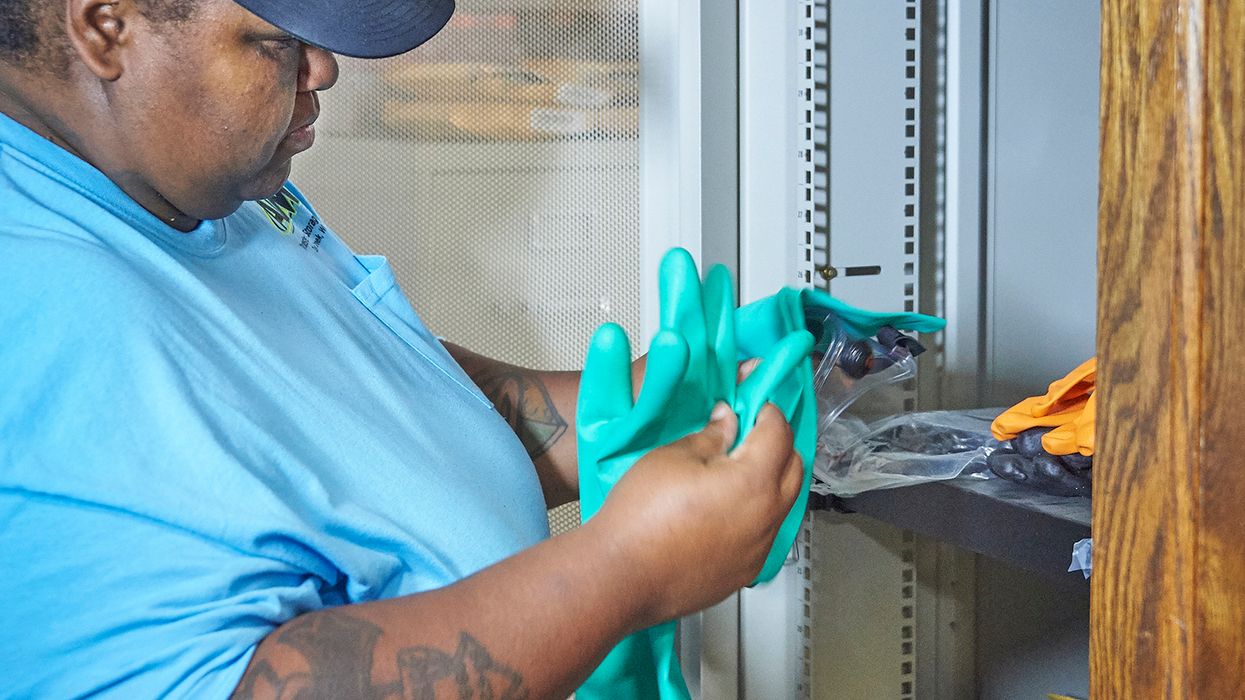3 types of systems that can boost truck safety
As electronic safety systems become more common on new vehicles, one question comes up frequently. Can these systems be fitted into vehicles that were built without them?
The answer to that question is yes. The next question is, what will it cost? The answer to that will vary depending on how in-depth and integrated you want to go. Here are three types of systems you may want to consider:
1. Standalone systems
At the lower end of the price range are standalone systems. These are passive systems designed to provide the driver with a warning. They only require power from the vehicle. Once the sensor and/or device is mounted and connected to a power source, the system will warn the driver of a hazard. The idea is once the driver receives the warning, steps can be taken to avoid a crash. Common standalone passive systems include forward collision warning systems, lane departure warning systems, and blind spot detection systems. The typical cost is $100 up to $1,000.
Another standalone system is a backup camera system that uses a rechargeable camera and the driver’s smart phone or tablet. This system provides the driver with a view to the rear of the vehicle while backing.
2. Hardwired systems
These aftermarket systems have components that mount to the vehicle and dash and are hardwired into the vehicle. This will require hard mounting sensors and a screen (or screens), running electrical and data wires, and possibly modifying the dash. There are hard-mounted versions of all the passive systems mentioned earlier. In addition, there are hardwired digital mirror systems. These systems can also involve active safety systems, such as adaptive/intelligent cruise control, automatic emergency braking, and lane keeping. The more capable the system is, the more extensive the installation and the higher the cost. These systems range in cost from several hundred to several thousand dollars.
3. Integrated systems
Many newer vehicles can have integrated electronic safety systems added to them. This involves acquiring an aftermarket system specific to your vehicle and having it installed. This approach uses existing wiring and data ports on the vehicle to add the necessary components and functions. All systems discussed above would be available independently or in a bundle. This is likely to be the most expensive option, and it can only be used with newer vehicles. However, this is the most seamless approach and having several safety systems at the end of the process may make this approach attractive.
Making the ROI argument
One argument related to these systems, whether an add-on system, retrofitted system, or original equipment system, is cost. However, if one of these systems prevents a serious rear end, roadway departure, or lane change crash, you have likely paid for the system not only on that vehicle, but on your entire fleet.
Key to remember: Just because you have an older vehicle does not mean you cannot take advantage of electronic safety systems.

